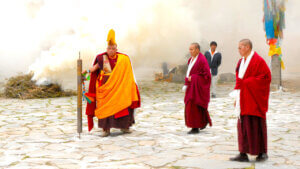
Brazil is the fifth largest country in the world and has the sixth largest population. It is no surprise therefore that it is home to some of the most interesting death traditions!
Firstly, we visit the Amazon and become familiar with tribal cannibalism of certain indigenous peoples. From the Yanomami human soups to the Wari’ endocannibalism, we explore the purpose of these death practices!
Secondly, we focus on Candomblé, and its relation to Catholicism and West African gods. Finally, we observe the funeral practices that come as a result of this combination of beliefs!
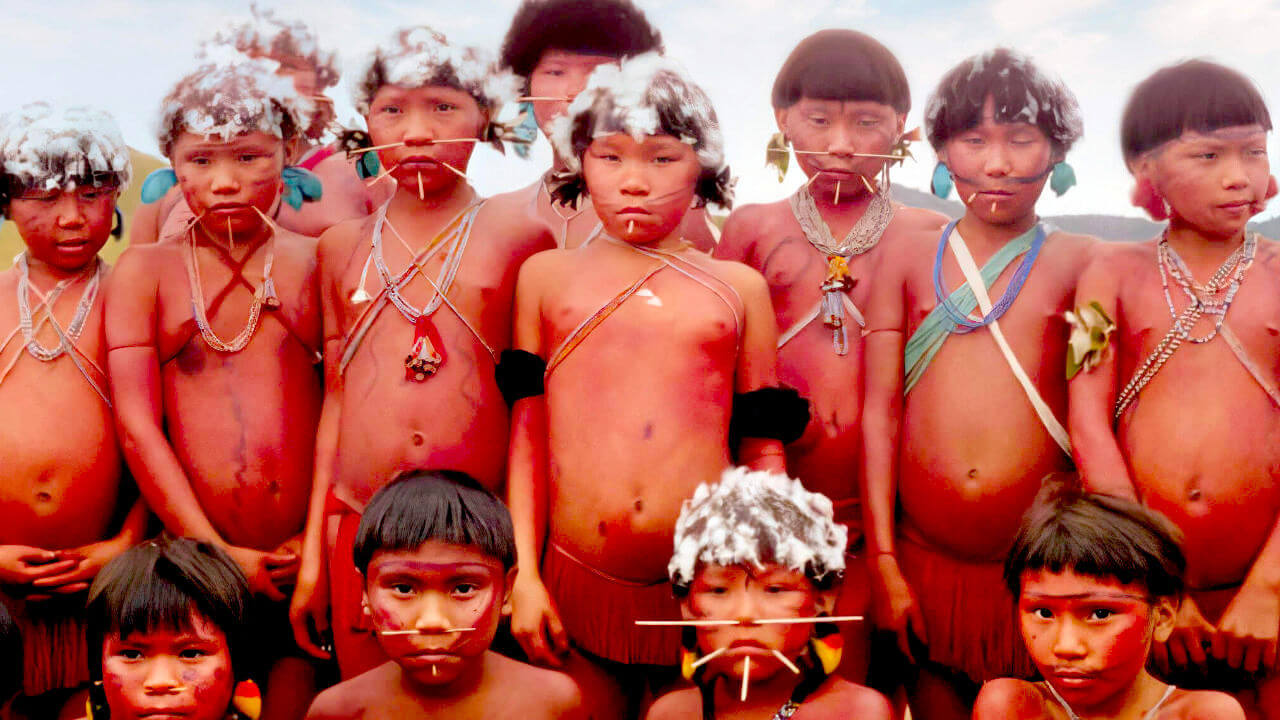
The Yanomami is a tribe residing in the Amazon rainforest, away from the Brazilian coasts. They live both in the northern part of Brazil and the southeastern region of Venezuela. Because of that, they managed to partially avoid the slave-hunting Bandeirantes of the Portuguese Empire. This protected, to an extent, the Yanomami from mass killings. Additionally, it allowed them to keep their beliefs and practices around death relatively intact.
According to Yanomami beliefs, death is not part of life nor a natural end point!
For the Yanomami, death is often a result of magic by a shaman of an enemy tribe. Specifically, they believe that these shamans summon and direct evil spirits against people. Therefore, purification rituals after death are absolutely necessary.
Due to the impure nature of death, the Yanomami do not bury the bodies. Instead, they let them be for approximately a month, so that nature takes its course. After that, they cremate the corpse in order to purify it.
However, even that is often not enough!
The soul can be pure and free, only if one last ritual takes place: consuming the cremated ashes. Specifically, they prepare a soup with fermented bananas, herbs and the ashes of the dead. Every member of the community has to consume the human soups in one sitting.
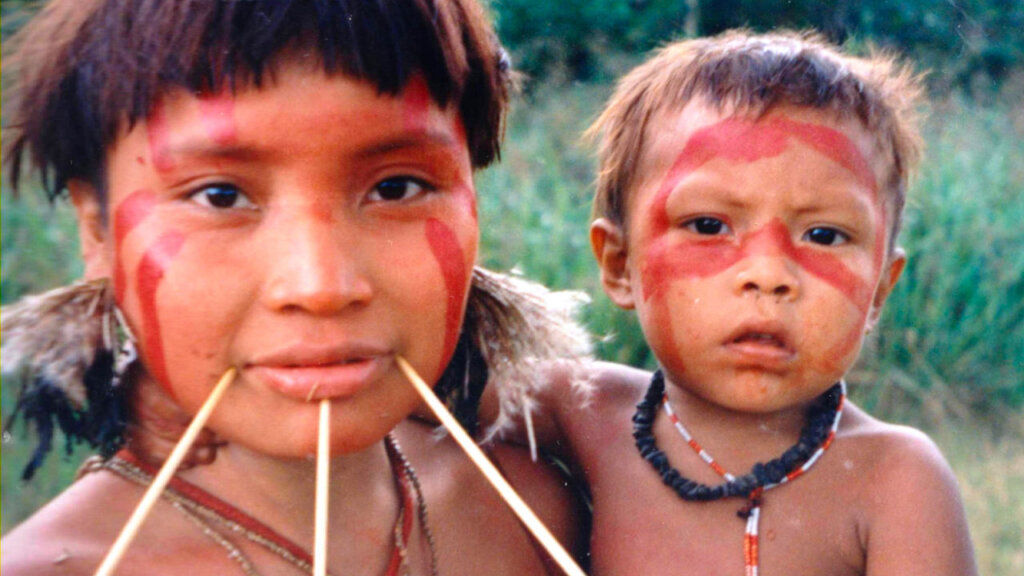
However, if a warrior of another tribe killed a Yanomami, there were additional purification steps. In this case, the tribe may not eat the ashes before they have fully avenged the death of their fellow villager. During the night before they attack, the men have to prepare for battle. At the same time, women then start consuming the human soups. They finish the meal only once avenging the dead is complete.
Finally, the Yanomami use cremated ashes for other occasions as well. This incudes healing rituals and the reahu, a memorial ceremony for the dead.
The Wari’, or Pakaa Nova, used to practice another form of eating their dead. They did not cremate the bodies, but roasted them and then ate parts of them. Specifically, the Wari’ practiced endocannibalism, since they only ate their own dead.
When somebody died, the Wari’ did not prepare or bury the body until relatives from nearby villages had arrived. That could take up to three days. Therefore, the body had already started to decompose, especially considering the tropic climate. After the Wari’ removed the organs, they started roasting the body and mourning.
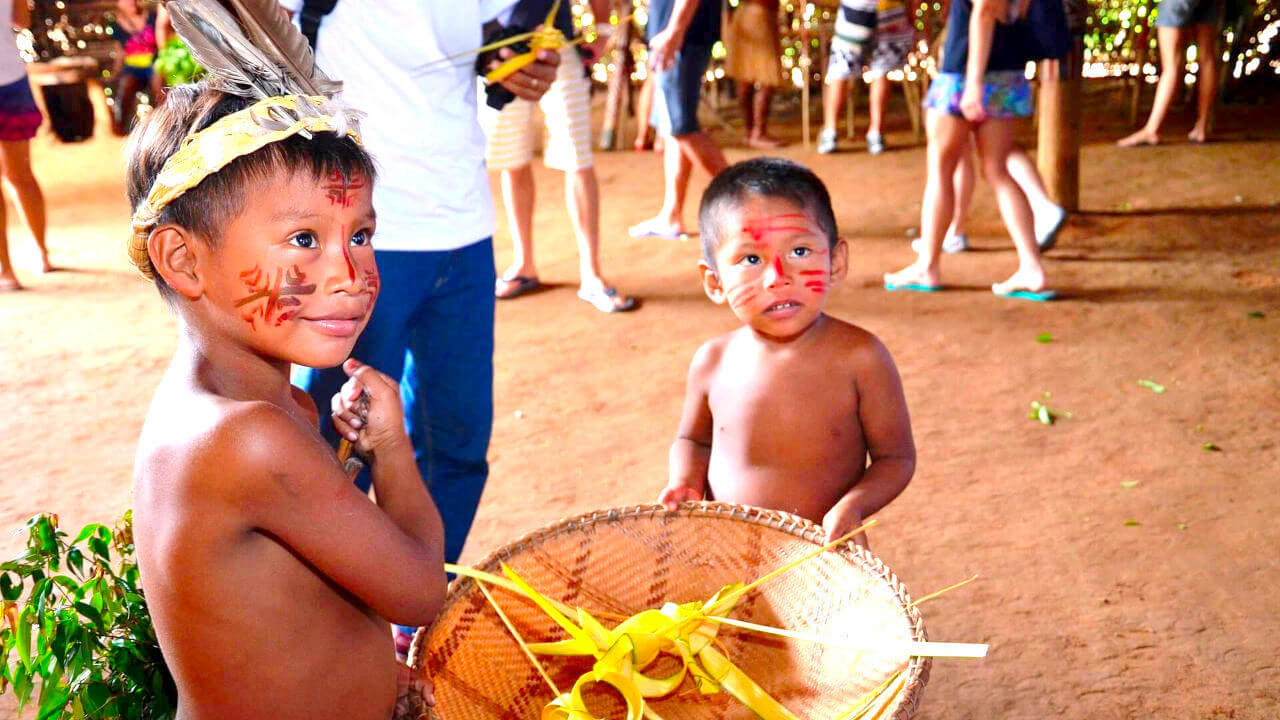
In addition to the this, it was not the direct family that ate the flesh, but the affines – relatives by marriage. Specifically, they always ate the heart and the liver, and sometimes also part of the flesh or skin. This death practice was the utmost sign of respect and grief for the dead. Moreover, a potential refusal of an in-law to consume the flesh of the dead was a serious insult.
Wari’ cannibalism of the dead was not only religious, but also social. Specifically, it showed the respect of the in-laws and brought the two families even closer. Flesh eaters would commonly experience intense gastric distress even if they consumed small bits of the flesh. That was, however, a price they were willing to pay!
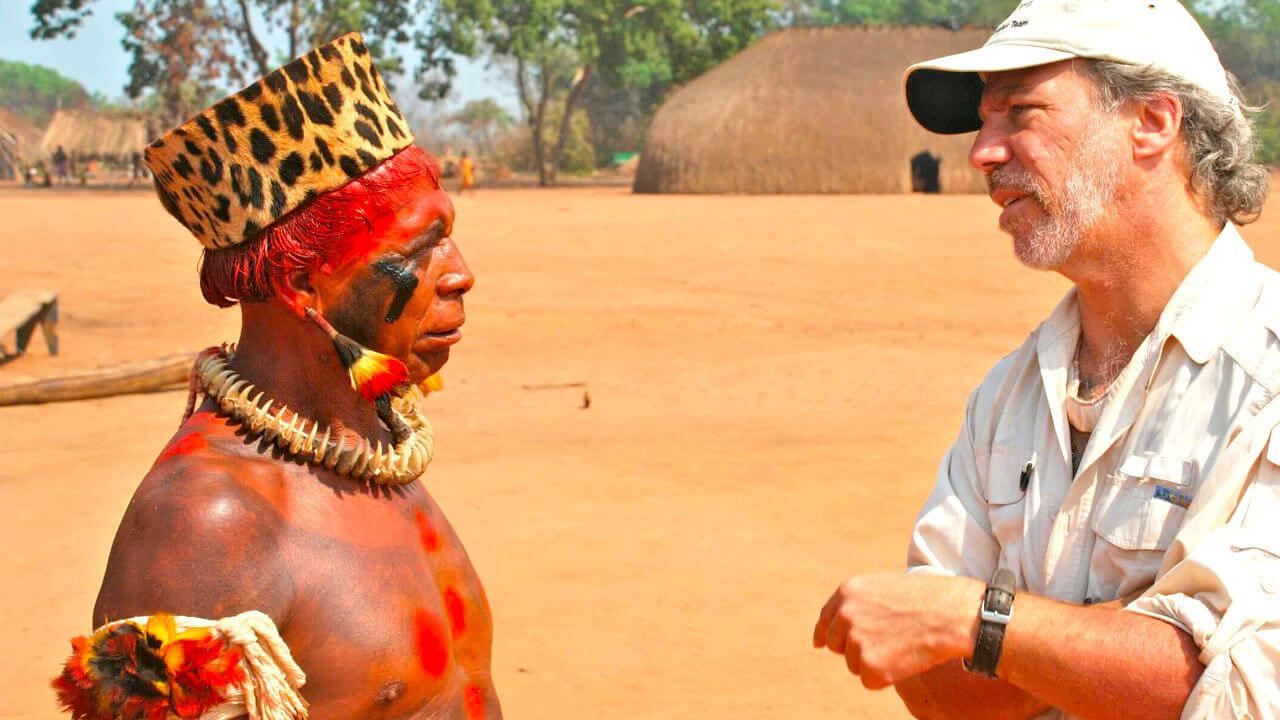
Another ritual for the dead is the Quarup, or Kuarup, performed annually by approximately 15 Xingu tribes. One of these tribes are the Yawalapiti who live in the Xingu National Park. They prepare several days for the Quarup, which nowadays has almost adopted a more festival-like air.
Activities include playing music and dancing, but also wrestling matches between men from the same and different tribes. Adult men color their bodies using seeds and oils, and tribe leaders pray together for the dead. Additionally, family members usually paint and decorate tree trunks (‘quarup’) together. The tree trunks represent the deceased of that family. According to customs, family members remain close to the tree trunks, while singing and mourning.
Originally the Quarup was a funeral rite that aimed to bring back the dead. Nowadays, it focuses on celebrating life as well as death. Additionally, it is a way for the Xingu to collectively grief and honor important deceased of their villages. Also, the Quarup is an opportunity for girls that menstruated for the first time to present themselves as women. These girls, or rather women, wear ornaments and dance during the festival. This way not only they honor the dead, but also show their availability for marriage.
Moving away from tribal death practices, we focus next on Candomblé and its views on life and death. Candomblé is a religion with direct links to the African Diaspora in Brazil. This syncretic religion combines West-African beliefs and Roman Catholicism. Additionally, Candomblé emerged as a result of the slave trade of the Portuguese Empire. West Africans brought their own belief systems and combined them with Catholic customs of the Portuguese slavers.

Candomblé focuses on worshiping orixás, spirits linked to West African Gods. Every orixá is paired with a Catholic saint. Therefore, Catholic saints and African gods or spirits are the same. Additionally, each person creates a special connection with an orixá upon birth. This also calls for different rites once the person dies. Therefore, Catholicism is an integral part of Candomblé. Interestingly, Brazilians who identify only as Catholic, may also practice rituals or make charms, without linking that to Candomblé.
Umbanda is a set of practices and beliefs quite similar to Candomblé. Candomblé is mainly practiced in Bahia, while Umbanda in Niterói, close to Rio de Janeiro. Finally, many forms of Christianity, such as Protestantism, condemn Candomblé and Umbanda. Because of that, Brazilian Protestants often see these as pagan or even Devil worship.
In Candomblé the ‘otherworld’ is called orun, while the world of the living is aiye. The spirits of the dead (egums or eguns) are very important, and the recently departed called aparacá. Additionally, followers of Candomblé provide offerings in order to help the recently departed move on. The spirits of the dead that become free to move on are called babá. However, if the spirit does not move on it might turn into an evil egum. These spirits may possess people and followers of Candomblé take measures against them. Specifically, they use armbands in order to ward off the evil egums.

Candomblé focuses more on what happens in this life, rather than the afterlife. For instance, the accumulation of axé is central in this religion. Axé represents the life force that is present in everyone and everything in the world. Moreover, the nature of axé is cyclical, meaning that it is not destroyed but reused.
Therefore, once someone dies, their life force becomes one with the life force of others. Because of that, Candomblé favors burials over cremation, since the axé can then return to the earth. Lack of this life force may also result in sickness, according to these beliefs.
Moreover, the temples of Candomblé are called terreiros (meaning ‘houses’). When a senior Candomblé practitioner dies, their community performs a set of rituals named Axexé. The goal of axexé is to help the soul turn into an ancestral spirit linked to their terreiro. While Catholic last sacraments are part of the funeral, there are additional practices crucial for this transition. Finally, followers of Candomblé give offerings both to the deceased and the orixás. These often include, among other things, animal sacrifices too.
We hope you learned something new regarding this country’s death practices!
Closing, if you want learn more about the original Yoruba funeral practices, feel free to check out our Nigeria article! If you would rather read about tribal post-mortuary cannibalism, we recommend our Papua New Guinea article. Finally, if you want to read more on similar death practices linked to the Atlantic slave routes, have a look at our Cuban Santería article.
The average mixed death rate in Brazil is 6,452 per 1.000 people (2018). Interestingly, Brazil’s death rate reached a all-time low 6,016 in 2007 but since then it is steadily on the rise.
Although there are no official restrictions in terms of when should a funeral take place, in most cases that happens within 12 hours after death. Additionally, all deaths need to be registered within 24 hours.
Over 87% of Brazilians are Christians. Around 65% are Catholic and the rest are mostly Protestant. Around 2% identify as spiritists, Candomblers and Umbandists (2010).
According to the Brazilian Society for Organ Transplantation, the rate of utilized organs in 2019 was 15,40 per million population. That corresponds to 3211 transplants in that year.